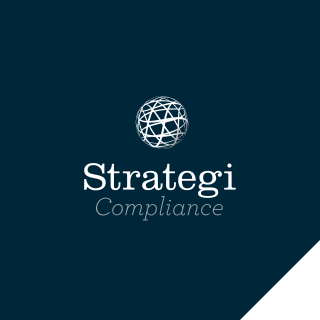Why are controls so important in your AML/CFT programme?
When it comes to your AML/CFT programme controls are important because they give assurance to senior management that everything is working as it should be. As we said above it is one thing to have comprehensive policies and procedures in place but without controls how do you know they are being followed? They also show an auditor or the supervisor that you are making regular checks which is an expectation under the regulations.
What is an example of an AML/CFT control?
A good example is making sure that the checks related to onboarding new clients are being completed. The control mechanism can be as simple as using a checklist against a random sample of new clients. Some large organisations use specialised software to do this but for most businesses it can be as simple as a manual check completed by an appropriate staff member.
What are the different levels of controls?
Controls can be broken down into four steps (1) establish standards, (2) measure performance, (3) compare performance to standards, and then (4) take corrective action as needed. Ensuring that you follow these steps will ensure that your control programme has the coverage required.
Top tips
- When undertaking controls, the most important thing is to record the outcome. When you are being audited if it isn’t recorded it didn’t happen!
- When done correctly and consistently controls will identify instances of non-compliance, giving you the opportunity to take remedial action to rectify the situation.
- Make sure that all branches and subsidiaries adhere to your AML/CFT programme. Controls coupled with regular reporting will ensure that compliance is met across all areas of your business.
- Appoint someone who is not closely involved in the day to day running of the programme. Adding this layer will ensure that fresh eyes are used when reviewing and will also give management that extra assurance that the programme is working as it is intended.
If you have any questions about your AML/CFT programme whether it is policies, procedures or controls come and talk to our team. We have experts on hand to help you get set up for success. Get in touch today.


